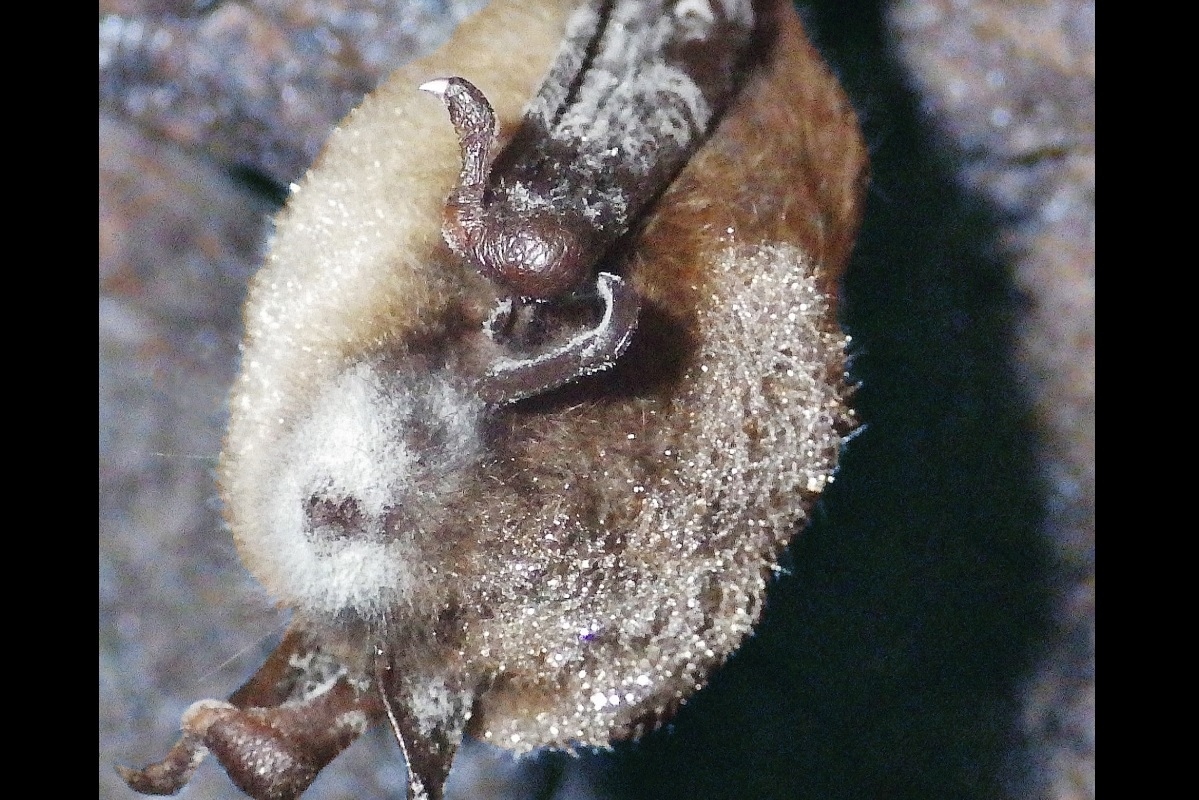National
Minnesota biologist track fungus spreading among bats

CALEDONIA, Minn. (AP) — Minnesota wildlife officials are having trouble catching enough specimens for their study of the declining population of the federally threatened northern long-ear bat.
The number of the bats in Minnesota has seen a steep decline due to white-nose syndrome, a fungus spreading among bats throughout the U.S., the Post Bulletin reported.
Biologists and staff from the Minnesota Department of Natural Resources have placed nets in multiple wildlife areas in the hopes of catching the bats to place radio trackers on females to determine where they roost.
“We try to set up areas that provide natural channels for the bats to fly,” said Andrew Herberg, a DNR mammalogist.
Learning where bats roost for the summer could assist officials in determining what areas need protection to slow the species decline.
This is the fourth year such a study is being conducted. It’s being funded by the Minnesota DNR, University of Minnesota Duluth and the U.S. Forest Service.
“As our study has progressed, it’s gotten harder and harder to find bats,” Herberg said.
The fungus was first confirmed in the state’s bat populations at Lake Vermillion in the winter of 2015-2016. The colony that hibernates at Soudan Underground Mine has since declined by an estimated 90 percent. DNR officials say the colony that hibernates at Mystery Cave has also declined by an estimated 70 percent.







